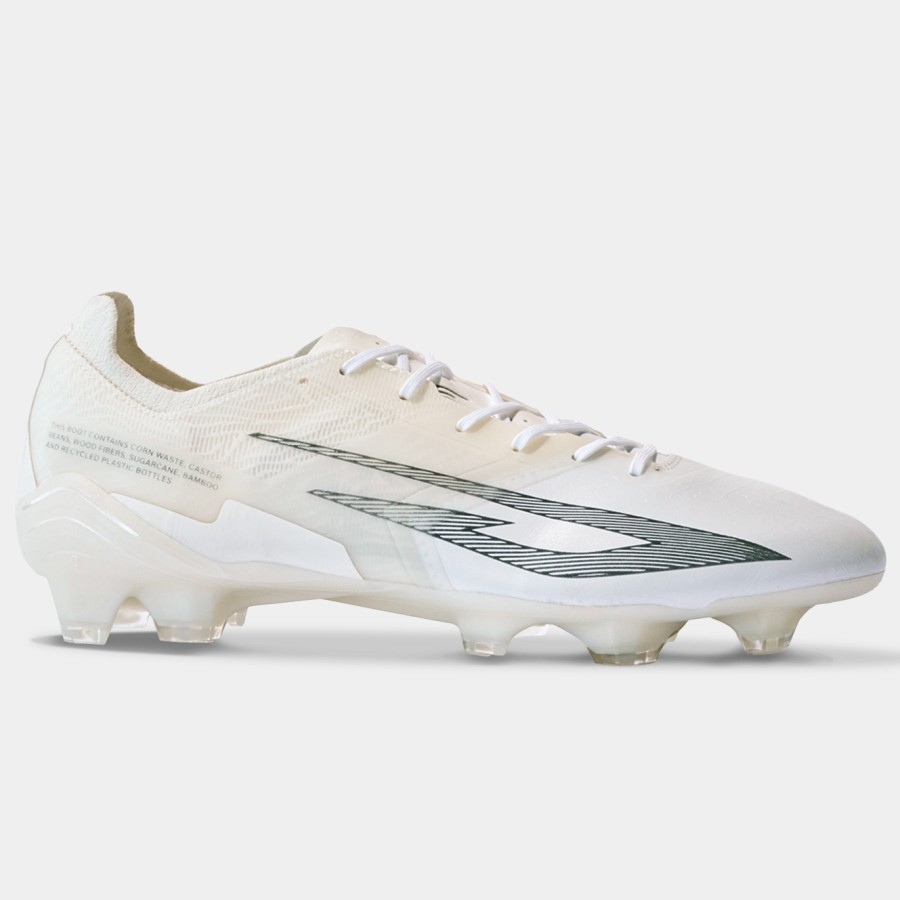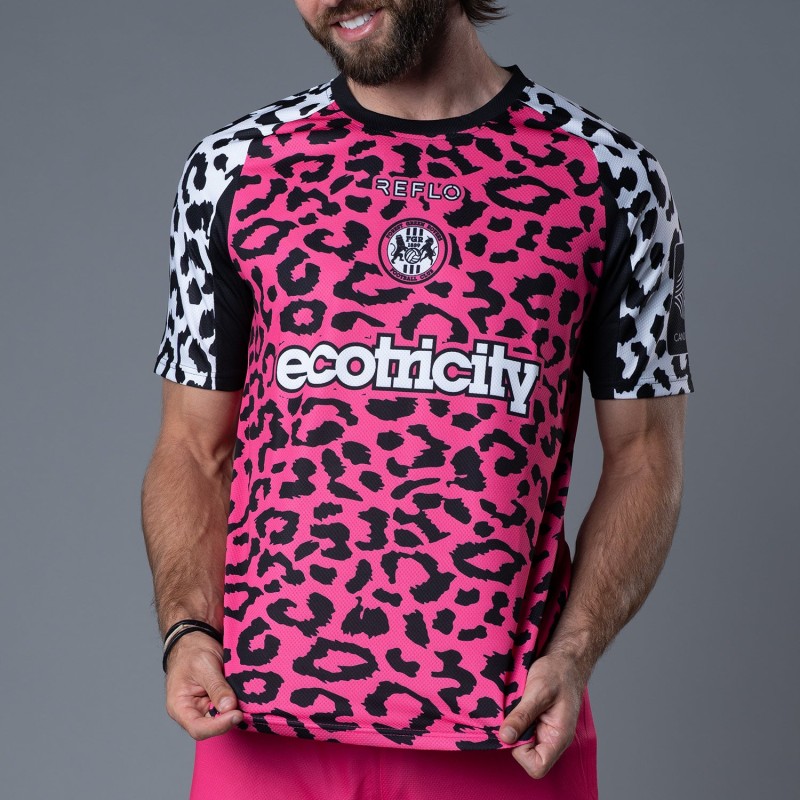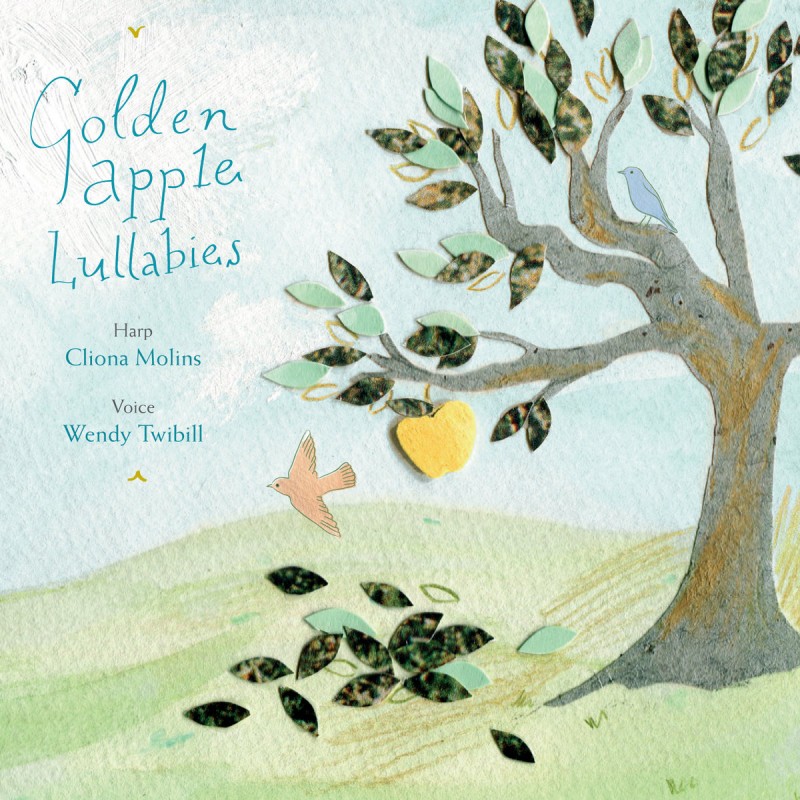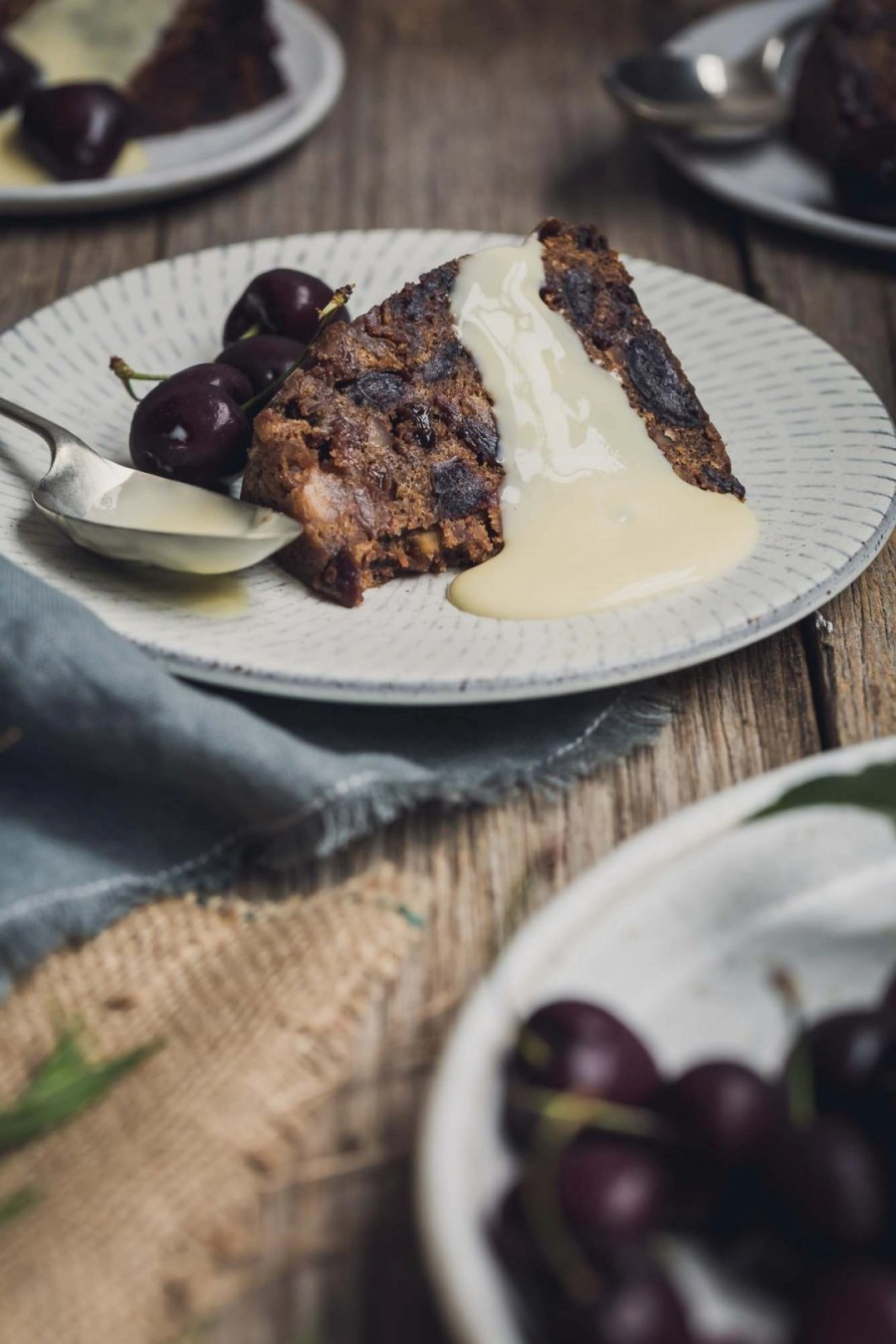Greener Football: Changing the Beautiful Game

Football is bigger than ever, but so is its impact on our planet. More and more people, both on and off the pitch, are waking up to the need for change. Sustainability is no longer just a buzzword; it’s becoming part of everyday decisions in the beautiful game.
From eco-friendly clubs leading the way, to kits and boots made from recycled materials, green choices are shaping football from top to bottom. Stadiums are going solar and pitches get greener, not just in looks but in practice. Even fans are getting involved.
Kangaroo-Friendly Vegan Football Boots

Sokito Vegan Football Boots are made with ground-breaking sustainable materials, and supported by professional football players. Many are made from corn waste, castor beans, sugarcane and bamboo.
There is huge controversy these days, as many football boots (along with some golf gloves) are made from K-leather, which is basically a hidden way of saying ‘kangaroo leather’ (these beautiful creatures are shot dead, leaving joeys left to starve, if they are not themselves killed).
Some Fair Trade footballs are still made from leather (often in countries with no or poor animal welfare laws). So look for vegan versions.

Kangaroos are large marsupials that move by hopping, using their powerful tail as a fifth limb. This and their large feet mean that they can only move forward, never hopping back. Baby joeys (the size of a jellybean) don’t suckle like most creatures. So mum instead uses her muscles to ‘pump milk’ down the baby’s throat.
When adults are killed to make football boots, the joeys either starve, or are sometimes clubbed to death.
Kangaroo-Friendly Vegan Football Boots!

Did you know that many football boots (and golf gloves) are made with kangaroo leather? Also used for riding whips (not good for horse welfare), it’s labelled as ‘k-leather’, as the companies know that most people would be appalled to know that the leather is from wild creatures, often shot with joeys in the pouch (who are clubbed to death, or left to starve).
After many years of campaigning, Adidas recently announced it would cease its use. Nike and Puma have also followed suit. In fact, it’s seems only Australian companies now use it, as there is an increasing worldwide boycott.
One Aussie brand defends its materials as ‘ethically sourced’. But Good on You (which investigates ethics of fashion brands) rates it as ‘not good enough’ for not giving enough details, on where and how materials are sourced.
But there’s no need to buy K-leather anyway. Quality vegan leather football boots are now a thing! These are made from quality eco-friendly materials, and used by many professional players. Proving that you can still kick a ball around a pitch, without harming animals.
A Wildlife-Friendly Goal Wall
Wildlife rescues say that football nets left in gardens, are a major hazard to many creatures, especially foxes. So if you use one, always store away when not in use (same with rotary washing lines).
Marmax Goal Wall is a good alternative. Made from recycled milk bottles, it’s weatherproof and strong, and designed to last years. ideal for matches or goal practice, and won’t rot or splinter.
Sent with galvanised screws and delivered fully-assembled, you just secure with ground fixing plates (extended legs are available at extra charge). Sold with a 25-year construction guarantee.
The World’s Greenest Football Club

Forest Green Rovers Football Club is a good inspiration, since being bought by the founder of Ecotricity and Ecotalk (a phone company that donates profits to rewilding projects).
As well as the pitch being powered by clean energy and using rainwater to irrigate (a new eco pitch is being built in Gloucestershire), the players wear organic cotton kits (laundered with eco detergents).

Both players and spectators eat vegan burgers and hot dogs, which although controversial at first, soon was popular, as the healthier food had the players winning more matches! Schools can donate old kits to Green Football, to save on waste.
Community Clubs Cutting Waste
Local clubs are joining the push for a cleaner game, showing that every bit counts. Many now refuse single‑use plastic bottles and cups. Water stations and sturdy reusable bottles line up along the side-lines.
Another growing trend is kit recycling. Children outgrow their shirts and boots fast, so clubs gather unwanted gear and pass it on to younger members. This keeps pounds in parents’ pockets and cuts landfill waste.
These efforts save cash on rubbish removal and pitch care. Volunteers take pride in these little green patches, enjoying the sense of belonging and teamwork. What started as a way to save money tends to harvest something deeper: community spirit rooted in doing good.
Organic Cotton Football Kits

A club’s shirt is more than just colours and sponsors. It is now a sign of the club’s eco choices. More teams, both pro and grassroots, kit out their squads in recycled or organic materials.
- Organic cotton: Some clubs favour this soft, natural fibre that grows without heavy chemical use.
- Dye and water savings: Cleaner dye processes and less water during production mean each shirt comes with a smaller footprint.
Organic cotton uses less water and cuts chemical spill into the soil. For synthetic fabrics, launder in a microfibre filter, to stop microplastics escaping washing machines, and reaching the sea.
Green Stadiums and Pitches

Forest Green Rover’s upcoming eco stadium
Football grounds are changing fast as clubs look for cleaner ways to run their venues. Sustainability is more than a headline for the world’s top clubs and local teams alike. The push for green stadiums and pitches touches everything: the grass, the lights overhead, and even the bins at the turnstiles.
Traditional football pitches have come a long way from muddy fields. Today’s greenest pitches often use organic grass, which is tough and eco-friendly, and also better than plastic (artificial) grass.
These avoid harsh chemicals for weed and pest control. Instead, they use compost feeds and natural turf management. It’s like feeding the pitch a healthy diet, with no hidden extras.
Solar panels and energy saving
Stadium roofs used to just keep fans dry. Now, they work double duty. Many clubs have installed solar panels on the stands, turning Britain’s patchy sunlight into clean power every match day.
- Solar arrays: Rows of solar panels soak up the sun and send electricity right into the venue. Clubs like Tottenham Hotspur, Arsenal, and lower-league teams are turning to solar panels to supply hot water, light, and even charge grounds crew equipment.
- LED lighting: Traditional floodlights drain energy and get hot fast. Smart stadiums use LED bulbs, which shine bright, last longer, and use around 60% less energy.
- Smart controls: Some venues use digital systems to monitor heating, lighting, and sound. These controls adjust power use depending on the crowd, time of day, and even the weather.
By trimming their energy use, clubs save thousands of pounds each year. The real win comes in carbon cuts. In an average year, switching to solar and LED bulbs can drop a club’s stadium emissions by several tonnes.
Travel and carbon offset

Getting to the match makes a far bigger mark than most people think. Traffic jams, packed car parks and idling engines can undo a lot of the club’s hard eco work. How fans travel can cut a club’s match day footprint in half, sometimes more.
Try these changes:
- Car‑pooling: Sharing a lift with other fans drops the number of cars, slashes parking chaos, and usually sparks better pre‑match chat. Some clubs run apps or simple message boards for fans to link up and share rides.
- Public transport: Buses, trains and trams carry hundreds of supporters at once. Clubs sometimes work with transport firms for cheap matchday deals or run shuttle buses from train stations to the ground.
- Bike and walk: If you live close, it’s the perfect warm‑up. Many venues added new bike racks and well‑lit paths leading in from local areas.
For away games—which often rack up miles by coach or car—carbon offset choices come into play. More clubs are introducing optional carbon-offsetting for travel. Fans pay a little extra with their ticket, the club invests in projects that neutralise emissions (think tree planting or clean energy). It’s not a perfect fix, but it counts.
Many drivers use JustPark app. This lets you find empty parking spaces belonging to people (their garages, driveways or even empty weekend office parking spaces and low-season hotel car parks).
It’s a great way to get cheaper parking, and give passive income to a person who lives near a football stadium, rather to a big car park company.
A Footballer Turned Zero Waster

Earth. Food. Love (Devon) was England’s first zero waste shop, and the founder is also co-founder of ReRooted organic plant milks (sold in returnable glass bottles). This shop was founded (with his wife) by a former Manchester United footballer. Who says if you told him that he would give up a lucrative career in his late 20s to become a shopkeeper, he never would have believed you!

This lovely couple have even created a free downloadable e-book (pdf) to help anyone set up their own similarly successful zero waste shop. It covers everything from location and products, to marketing, pricing, hygiene and payment methods.
In an interview, it’s interesting that the founders say they opened the shop first, then gradually became zero waste, inspired by a similar shop in Berlin. It shows that nobody has to be perfect. Just aspiring to do their best.
It’s only one straw – said 8 billion people. Benjamin Von Wong






